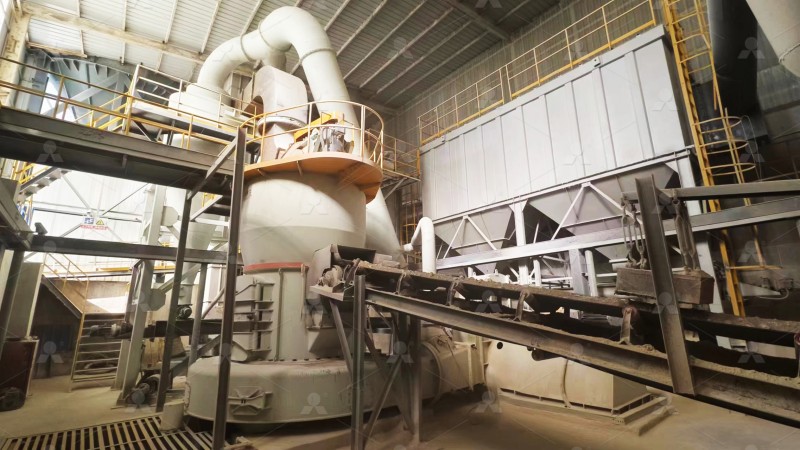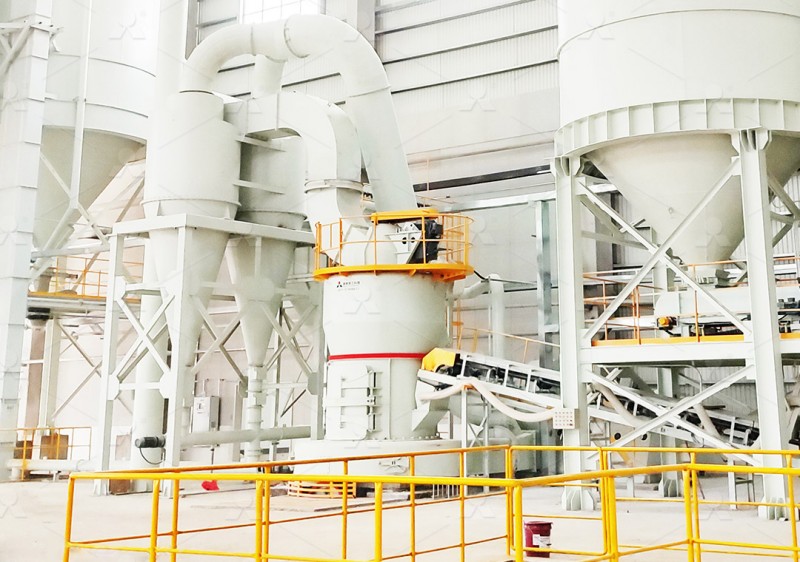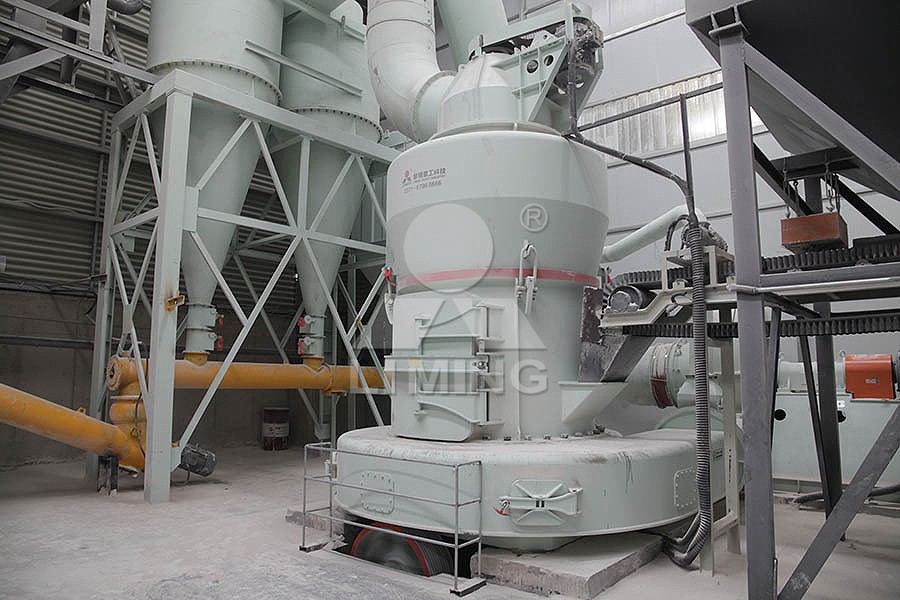6R Raymond Mill for Sand and Gravel Processing
Maximizing Efficiency in Sand and Gravel Processing with 6R Raymond Mill
In the demanding world of sand and gravel processing, equipment selection can make or break operational efficiency. For decades, Raymond Mill technology has stood as a reliable workhorse in mineral processing operations worldwide. The 6R Raymond Mill represents the evolution of this trusted technology, offering enhanced capacity and precision for modern processing requirements.

Understanding the 6R Raymond Mill Advantage
The 6R Raymond Mill distinguishes itself through its robust construction and advanced grinding mechanism. With six grinding rollers working in tandem, this equipment delivers superior grinding force and production capacity compared to earlier models. The machine handles input sizes up to 25mm and achieves throughput rates between 0.6-5 tph, making it ideal for medium-scale sand and gravel operations.
What truly sets the 6R Raymond Mill apart is its optimized grinding curve design. The carefully engineered angles between rollers and grinding ring create a more efficient crushing environment, reducing energy consumption while maintaining consistent output quality. The centrifugal force generated by the rotating main shaft ensures materials are evenly distributed across the grinding surface, preventing localized wear and extending component lifespan.
Applications in Sand and Gravel Processing
In sand processing applications, the 6R Raymond Mill excels at producing uniformly graded material essential for construction specifications. The machine’s adjustable fineness control allows operators to dial in precise particle size distributions, from coarse aggregates to finer sand fractions. For gravel processing, the mill’s sturdy construction handles the abrasive nature of these materials with minimal wear component replacement.
The environmental considerations of modern processing operations are addressed through integrated dust collection systems. Negative pressure operation contains particulate matter within the grinding circuit, while pulse jet bag filters capture fugitive dust before emission. This makes the 6R Raymond Mill suitable for operations in regions with strict environmental regulations.

When to Consider Advanced Grinding Solutions
While the 6R Raymond Mill serves many operations effectively, some applications demand more specialized equipment. For operations requiring ultra-fine powders in the 325-2500 mesh range, our MW Ultrafine Grinding Mill presents an excellent alternative. This advanced system achieves production capacities of 0.5-25 tph with input sizes up to 20mm, making it particularly suitable for high-value mineral applications where precise particle size control is critical.
The MW Ultrafine Grinding Mill incorporates German powder separation technology and features a unique design that eliminates rolling bearings and screws from the grinding chamber. This innovative approach reduces maintenance concerns and prevents machine damage from loose components. The external lubrication system enables continuous 24-hour operation without shutdowns for maintenance.
Operational Considerations and Best Practices
Successful implementation of 6R Raymond Mill technology requires attention to several operational factors. Proper feed size distribution is crucial – oversized material can reduce efficiency and accelerate wear. Regular inspection of grinding components ensures consistent product quality and prevents unexpected downtime.
Many operations find that combining the 6R Raymond Mill with our LUM Ultrafine Vertical Grinding Mill creates an optimal processing circuit. The LUM system handles finer grinding stages with its advanced roller technology and powder separating capabilities, processing materials up to 10mm at 5-18 tph. Its reversible structure simplifies maintenance, while multi-head powder separating technology reduces energy consumption by 30-50% compared to conventional mills.

Frequently Asked Questions
What is the typical lifespan of grinding components in the 6R Raymond Mill?
With proper maintenance and processing of materials within specification, grinding rollers and rings typically last 1,000-1,500 operating hours before requiring replacement. Hardfacing services can extend this lifespan significantly.
Can the 6R Raymond Mill handle wet sand and gravel materials?
The standard configuration is designed for dry processing. Materials with moisture content exceeding 10% may require pre-drying or specialized modifications to the grinding chamber and air flow system.
How does the 6R Raymond Mill compare to ball mill technology for sand processing?
The 6R Raymond Mill offers significantly lower energy consumption – typically 30-40% less than equivalent ball mills. It also provides better control over particle size distribution, though ball mills may achieve finer grinding in some applications.
What safety features are incorporated into the design?
Standard safety features include mechanical limit switches to prevent roller-to-ring contact, explosion-proof options for combustible dust applications, and integrated electrical protection systems.
Is remote monitoring capability available for the 6R Raymond Mill?
Yes, modern versions can be equipped with IoT sensors and connectivity for real-time performance monitoring, predictive maintenance alerts, and remote operational adjustments.
